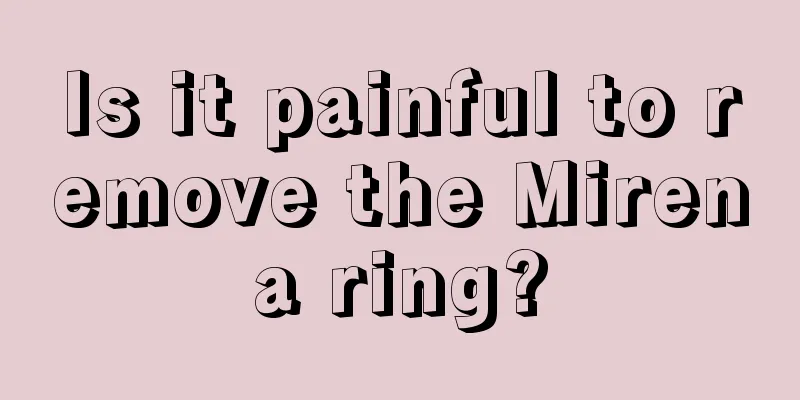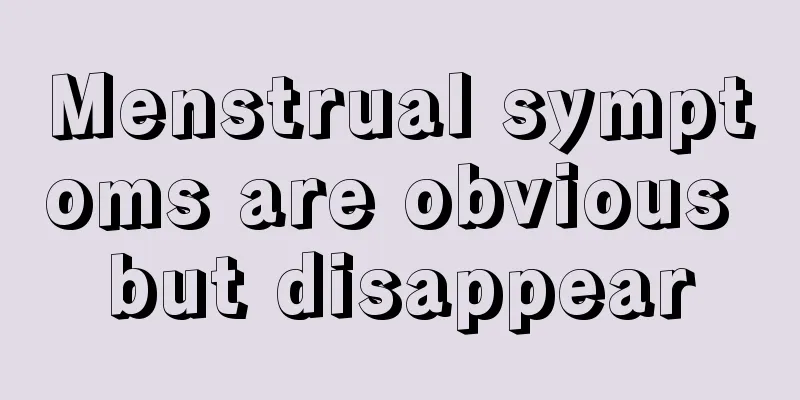What are the differences between Sanjiu moxibustion and ordinary moxibustion? What are the benefits of Sanjiu moxibustion?

|
The 39 days of winter are when the body's yang energy is at its weakest, and it is also the time when the yang energy is regenerated. At this time, doing 39 days of moxibustion can achieve the effect of treating summer diseases in winter and treating winter diseases in winter. That is, in summer and winter, cold syndrome and deficiency syndrome caused by catching cold or being cold due to insufficient yang energy can be improved by the effects of 39 days of moxibustion on warming yang energy, warming the meridians and dispersing cold, and promoting qi and unblocking collaterals. In addition, due to the function of 39 days of moxibustion on warming yang energy, doing 39 days of moxibustion can also improve the body's ability to resist cold and improve the body's immunity to a certain extent. So what are the differences between 39 days of moxibustion and ordinary moxibustion? What are the benefits of 39 days of moxibustion? Let's take a look at the introduction of Encyclopedia Knowledge Network below! Contents of this article 1. Sanjiu moxibustion and ordinary moxibustion 2. Benefits of moxibustion during the 39 days of winter 3. People who are suitable for moxibustion during the 39 days of winter 1Sanjiu moxibustion and ordinary moxibustionAlthough moxibustion therapy can also be performed at other times of the winter, the effect of Sanjiu moxibustion is better than that of ordinary moxibustion. Because Sanjiu moxibustion is a unique treatment technique in the "Sanjiu" of winter treatment, it combines the physical condition of the human body and the characteristics of the disease. Moxibustion is performed on Sanjiu days. At this time, the natural climate in winter is yin-dominant and yang-weak. The human body's yang is restrained, the blood is not smooth, and the pores are blocked. By warming and stimulating specific acupoints, it can have a good therapeutic and conditioning effect. In addition, Sanjiu moxibustion is not only time-sensitive and effective, but also acceptable to children and adults. 2Benefits of moxibustion during the 39 days of winterIt is very good to perform moxibustion during the coldest days of winter. The main benefits are as follows: warming and dispersing cold. Moxibustion is mild in nature and can help promote blood circulation in the human body and accelerate blood flow in the body. The weather is cold during the coldest days of winter. Moxibustion at this time can improve the body's yang energy and accelerate the discharge of moisture and cold air in the body. It has a certain effect of warming and dispersing cold, which is very good for human health. Regulating the body. The weather is relatively cold during the coldest days of winter. The human body is relatively weak. At this time, the body's yang energy is relatively weak, and it is easy to be in a sub-healthy state. Moxibustion at this time can help regulate the balance of yin and yang in the human body, dredge blocked meridians, and improve the body's physique. Moxibustion for dredging meridians is mainly performed on acupuncture points on the human body. It can help promote local blood circulation, dredge the meridians of the human body, make the body's qi and blood smooth, and has a certain effect of dredging meridians. 3Sanjiu-day moxibustion is suitable for people1. People with symptoms of yang deficiency such as pale complexion, cold limbs, fear of cold, cold hands and abdomen, and abdominal pain. 2. People with respiratory diseases such as allergic rhinitis, chronic asthma, and chronic bronchitis. 3. People with digestive system diseases such as coldness in the middle burner, diarrhea, loose stools, gastrointestinal dysfunction, and chronic colitis. 4. People with bone and joint diseases such as joint degeneration, arthritis, bone hyperplasia, neck, shoulder, waist and leg pain, etc. 5. People with gynecological diseases such as postpartum rheumatism, uterine cold and dysmenorrhea, irregular menstruation, excessive vaginal discharge, and coldness in the lower abdomen. |
<<: What are the special items in Tibet? Where is the Yachen Monastery in Tibet?
>>: What is the average altitude of Tibet? What are Tibetan Buddhist beads?
Recommend
What are the precautions for vaginal bleeding?
Women experience vaginal bleeding after intercour...
What are the benefits of moxibustion for women?
Nowadays, women pay more and more attention to th...
What medicine can be taken to regulate less menstruation
When a woman has her period, the amount of menstr...
What should women drink to improve immunity
Compared with men, women's immunity is indeed...
Miscarriage at 47 days of pregnancy
Pregnancy and miscarriage are topics that every w...
Can I wear a corset during my period?
Many people still care about the curve of the wai...
Normal hcg value reference range for 35 days of pregnancy
I believe that pregnant mothers who are preparing...
Why do I feel sleepy during menstruation?
Generally speaking, normal women have very regula...
Chinese Medicine Half Monthly Talk | Trichosanthes kirilowii
· Interesting stories · Luǒ, pronounced the same ...
The efficacy and function of brown sugar face wash
What is the thing that girls are most familiar wi...
Can pregnant women drink brown sugar water in 6 months?
Pregnant women are advised not to drink brown sug...
How to use the uterus warming belt
It can be said that many female friends are troub...
What foods are good for your ovaries?
Ovarian maintenance is very important. Poor ovari...
How to treat menopausal metrorrhagia? It turns out that you need to pay attention to these four points
Menopausal metrorrhagia is a common condition in ...
How does Chinese medicine treat anovulation?
Ovulation is a very important physiological pheno...









